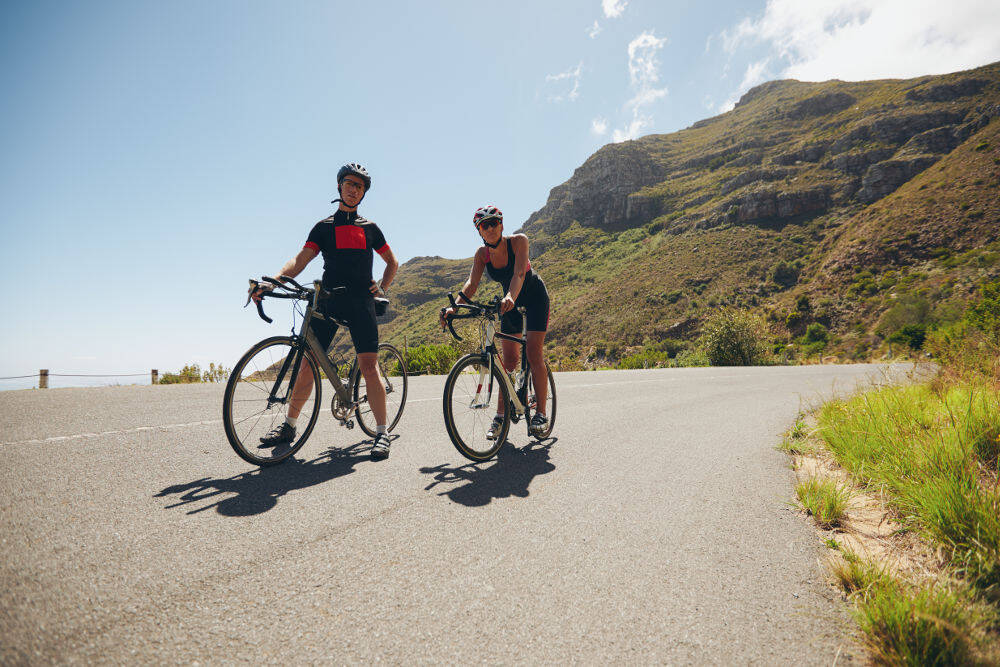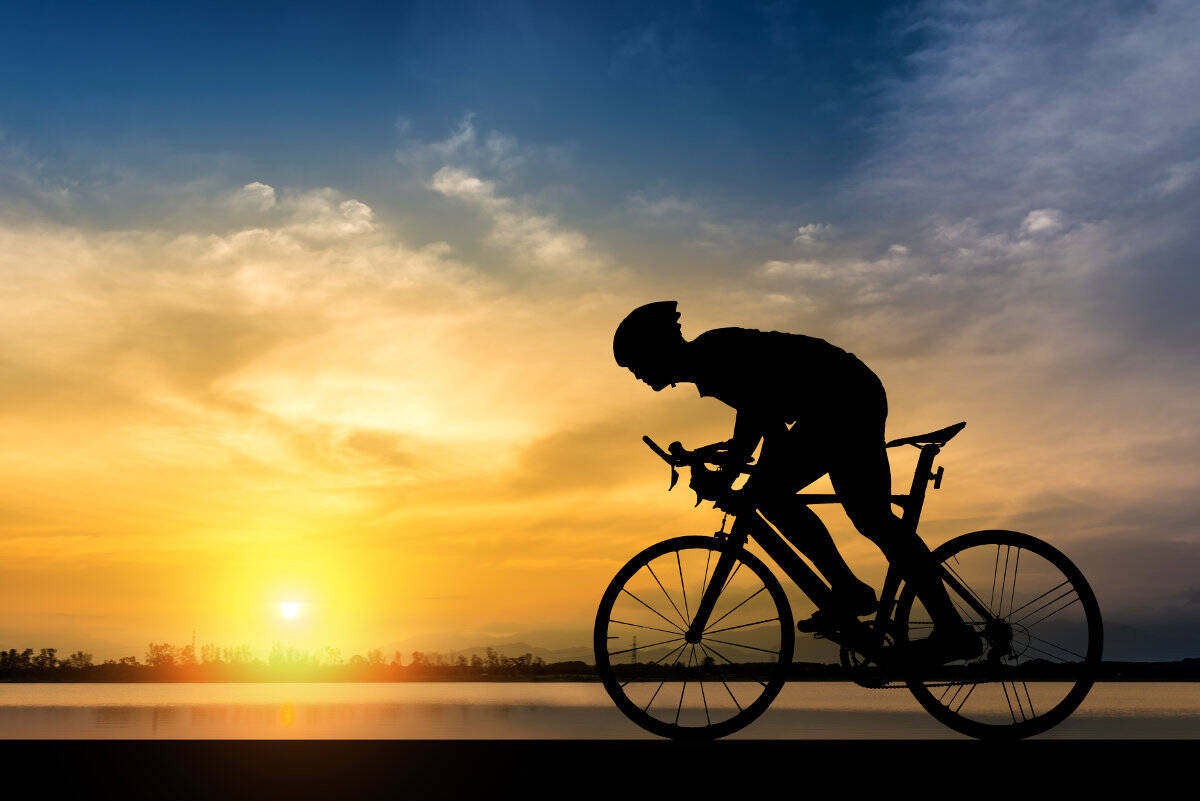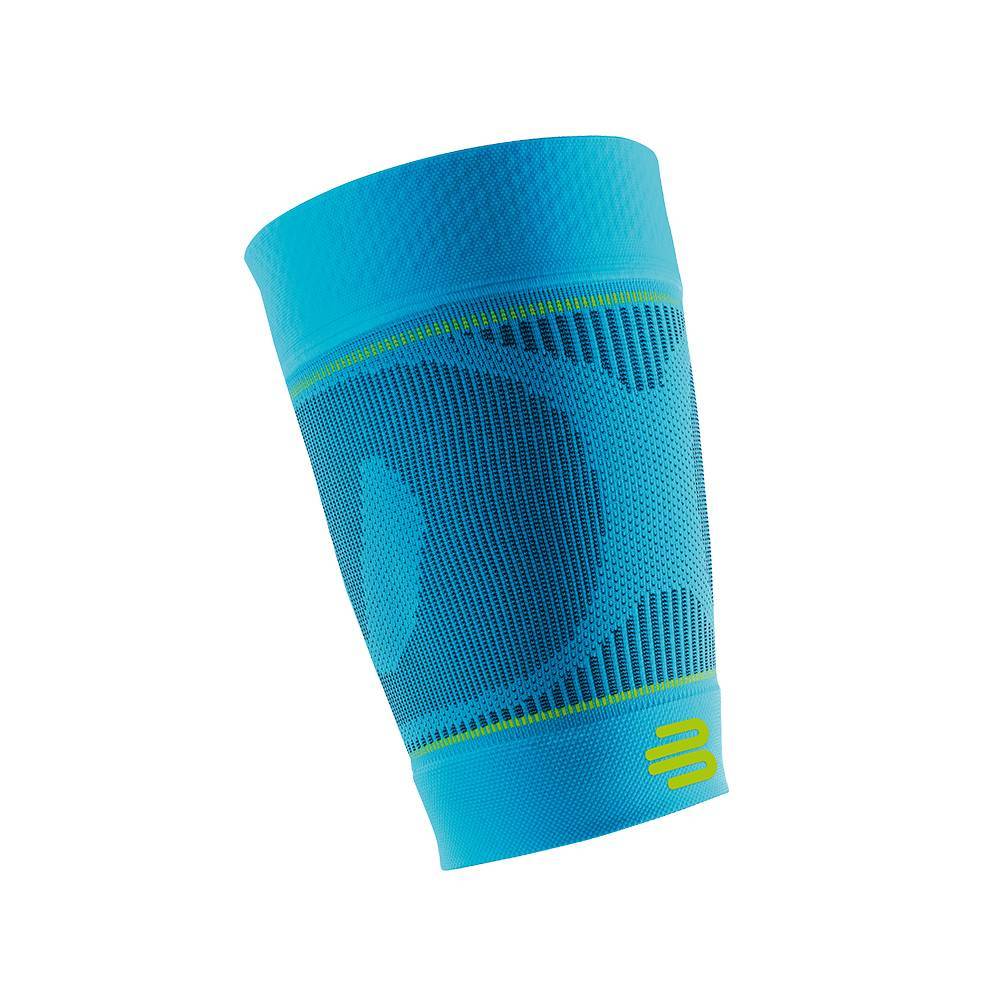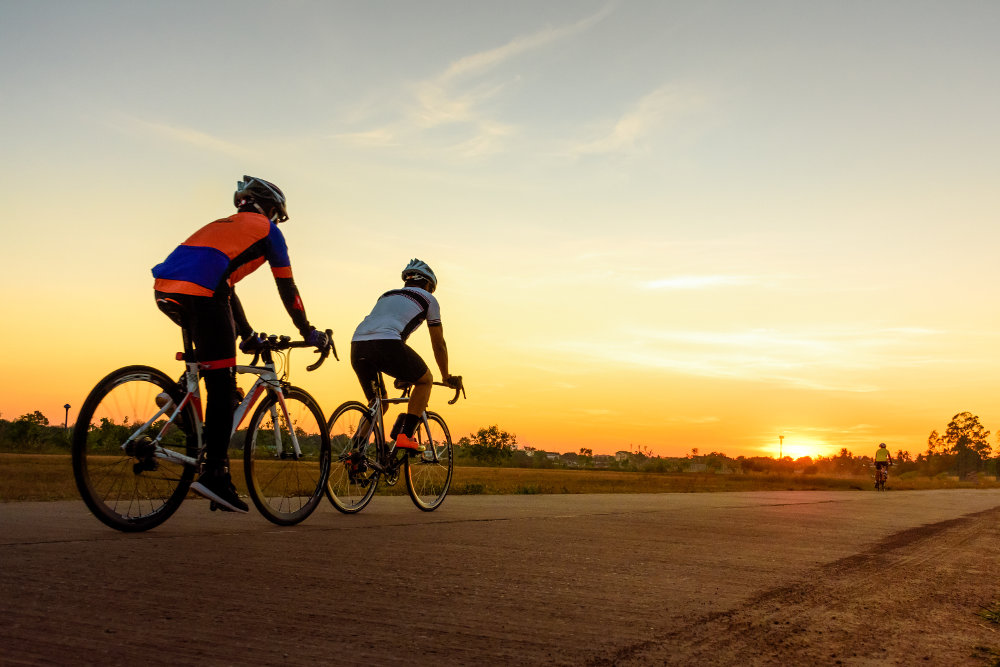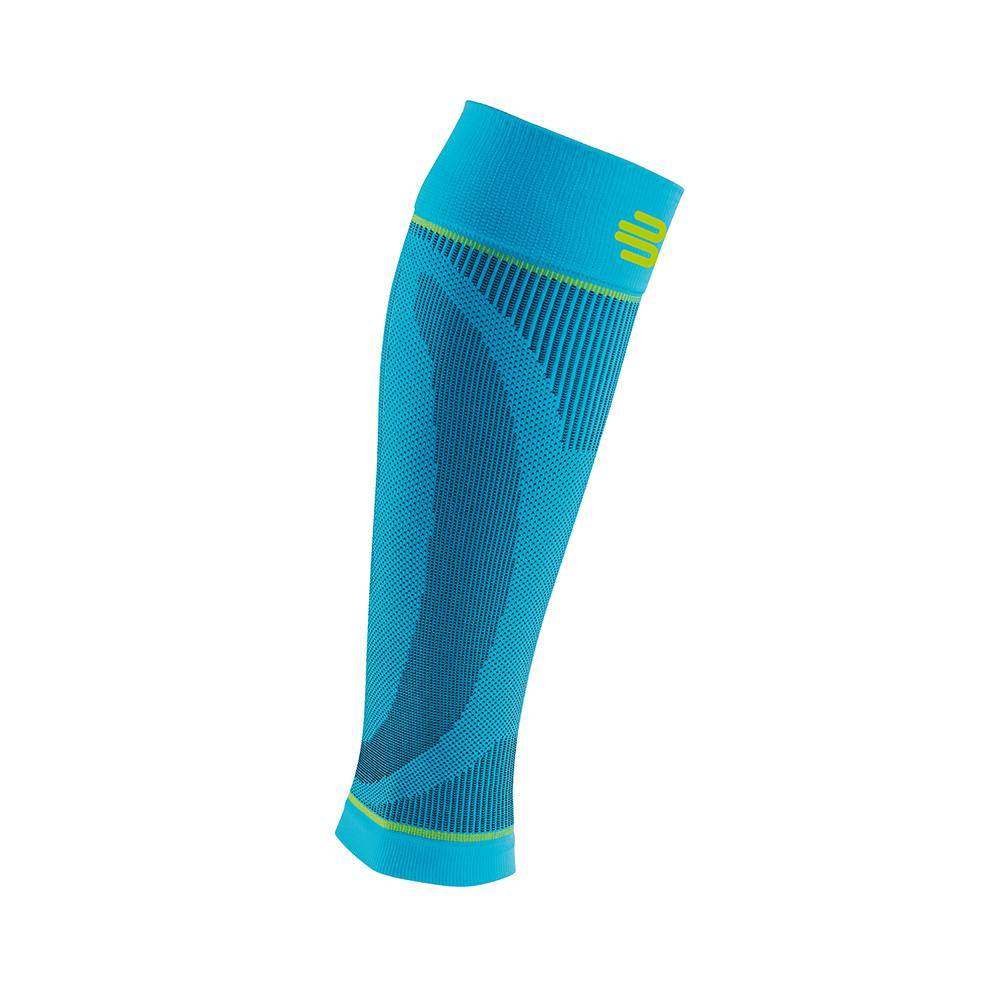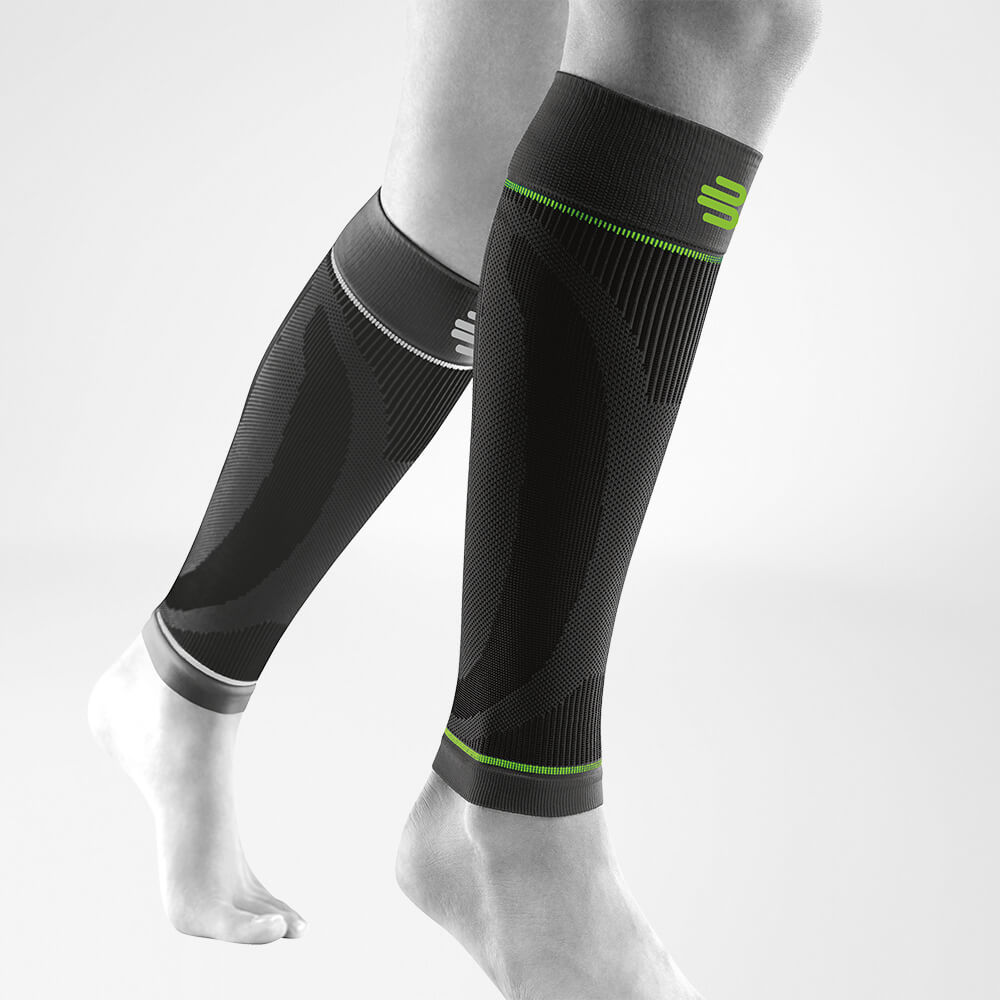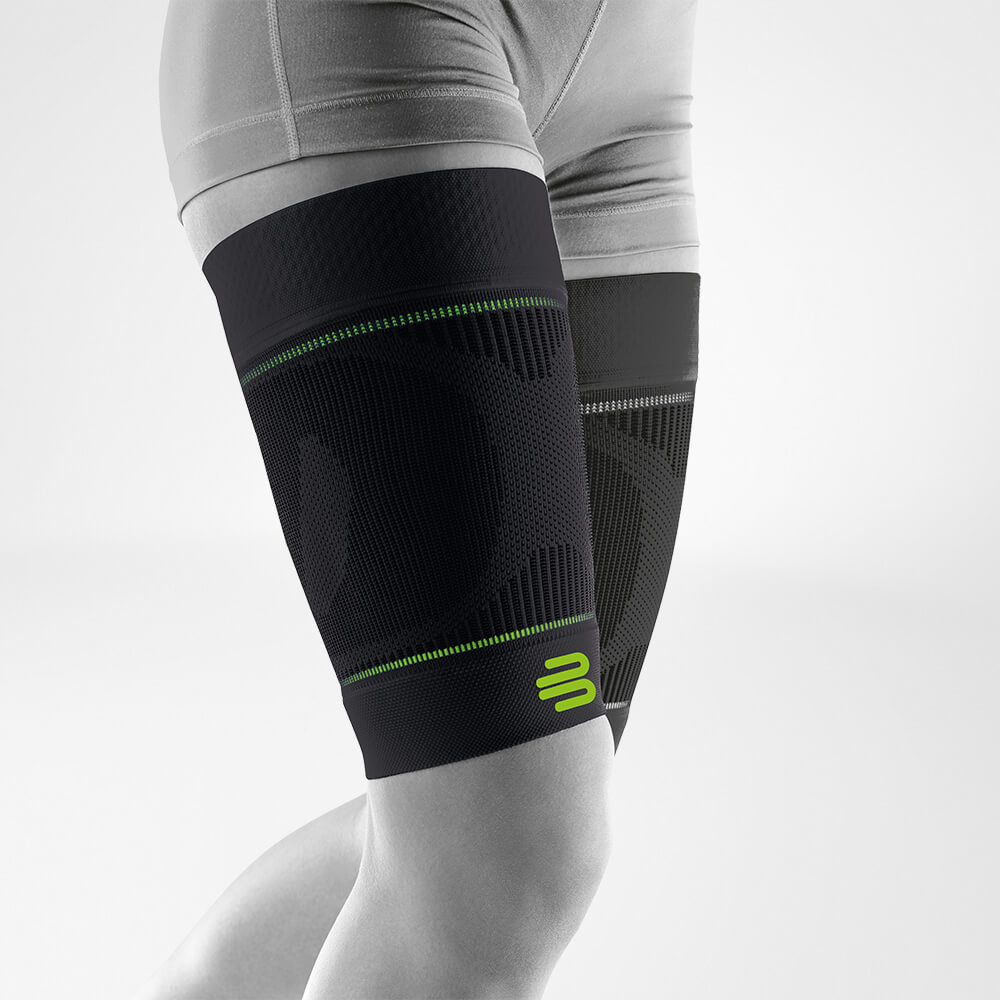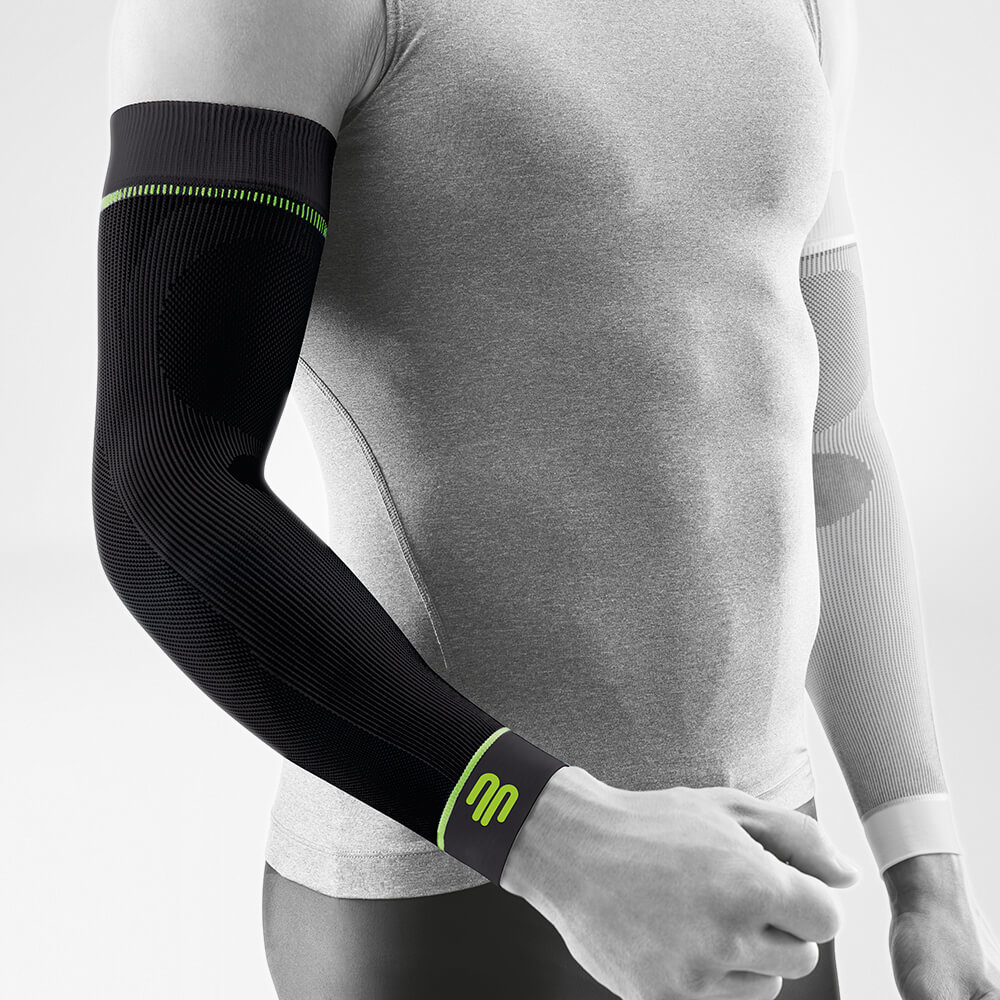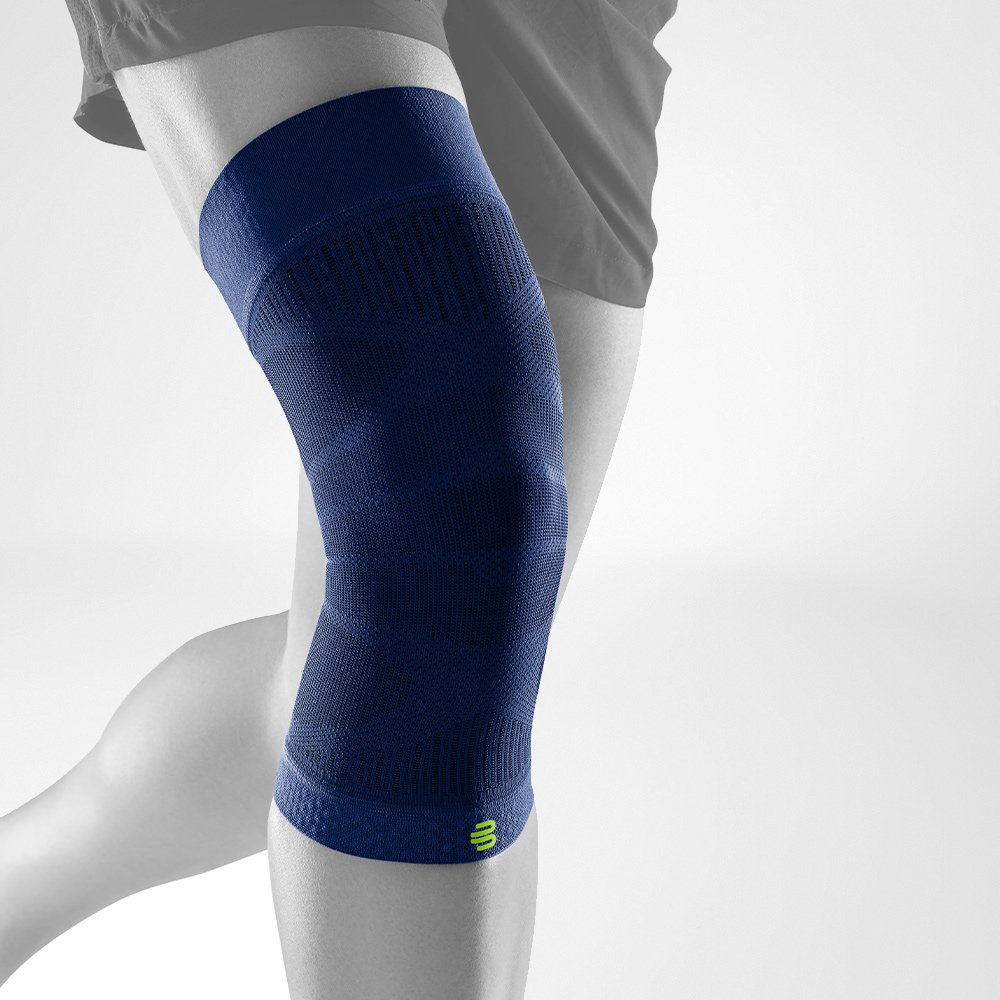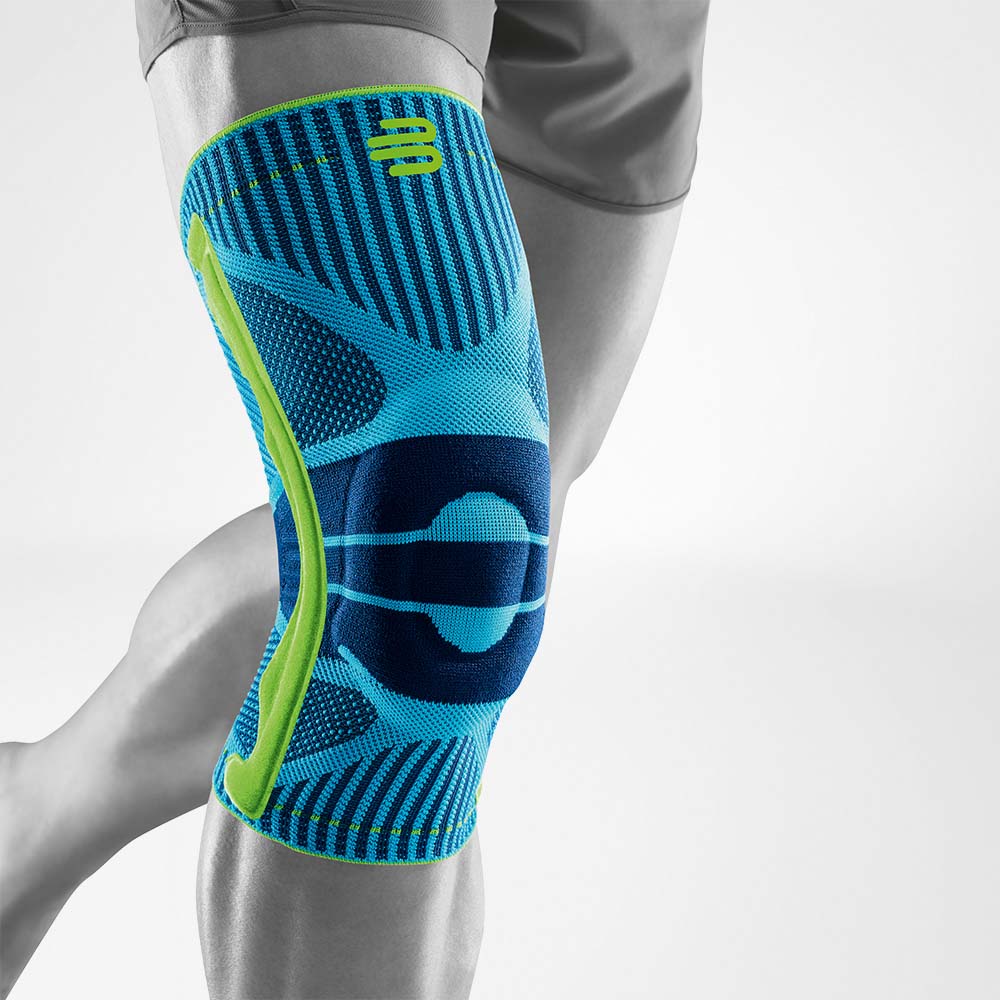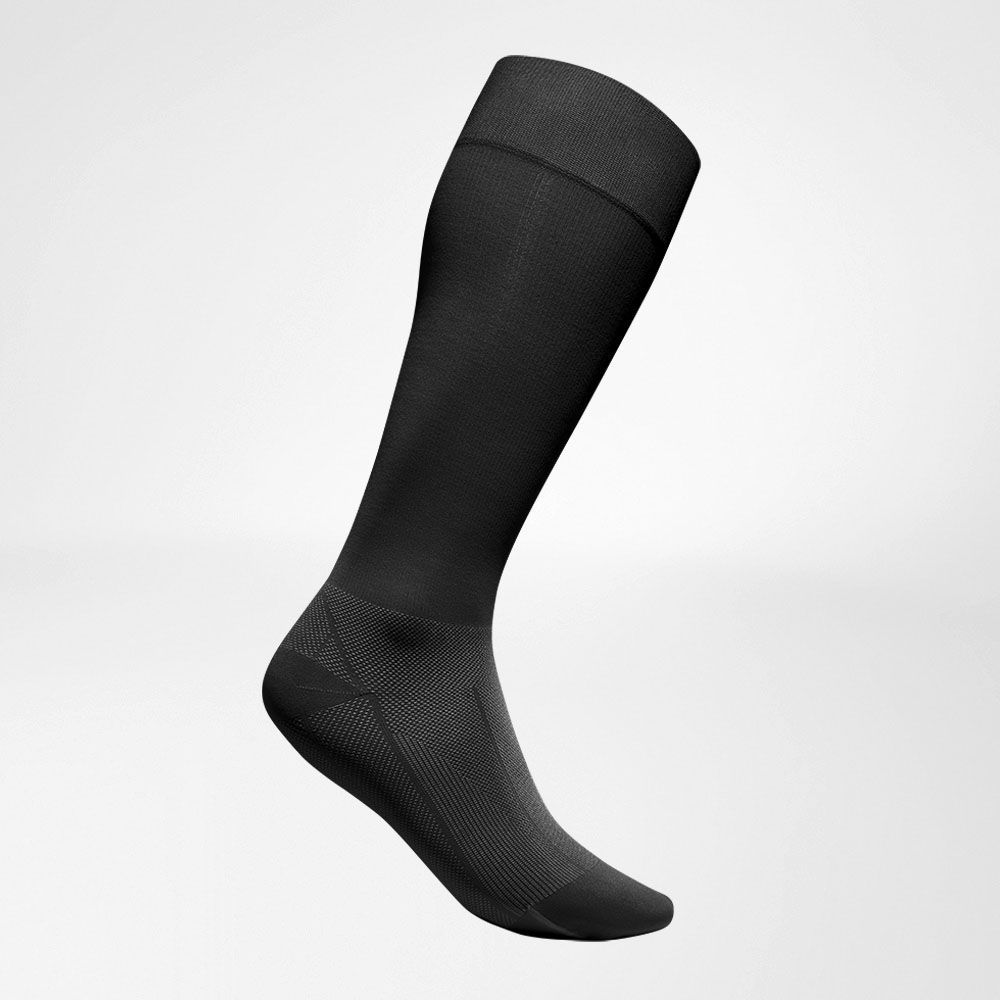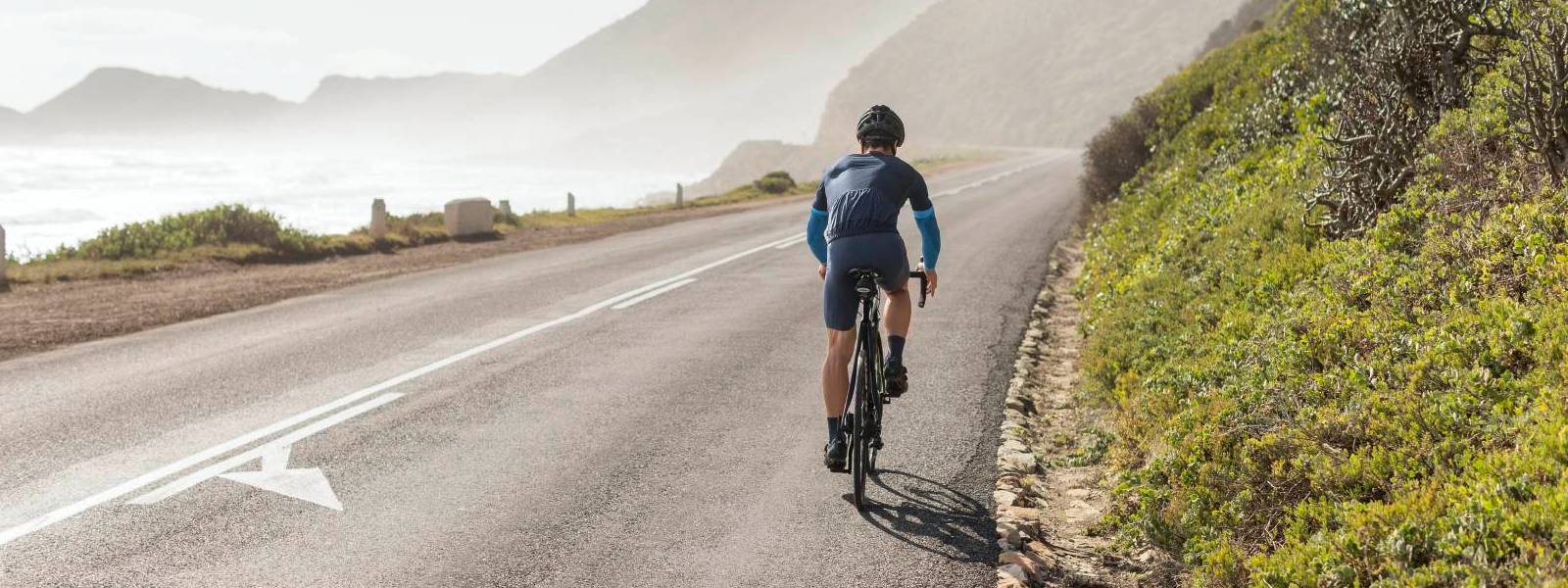
Cycling
Cycling Training: Get rolling!
Give it your all, then relay properly
Have you always enjoyed cycling? Would you now like to try it at a higher level? Is the thought of new, expensive equipment a little overwhelming? Do you feel you could do it with some help? No problem! We want to make your start to riding a racing bike easier, so please feel free and use the answers to these frequently asked questions. That means you can soon start pedalling without a worry and pursue your passion.
Cycling training for beginners: things to bear in mind at the start
Overall, of course, you never forget how to ride a bike. Just get on and get going. However, there are many aspects in the way a traditional road bike differs from a racing bike. It starts with how they look: at first sight, you’ll notice that racing bikes do without quite a few elements that are the standard for road bikes: no bell, no light, no mudguard or any other attachments. There’s a simple reason for this: no unnecessary weight.
The name indicates the main purpose of the racing bike: a competitive race. When performance is compared, it’s all about speed and winning, of course. That doesn’t mean that you must have competitive ambition if you want to keep physically fit on a racing bike.
Another huge difference between the bike types is handling:
- a racing bike has narrow handlebars which reduce air resistance. Furthermore, the curved design allows various positions during the ride. Initially, you should position your hands on the highest point of the handlebars. That ensures you are close to the brake. When you feel more confident, you can place your hands further down. The lower riding position is more aerodynamic so you can accelerate more effectively.
- A racing bike’s gears are quite confusing to many beginners because they are not as straightforward as on a traditional road bike. For each brake lever, there are two switching options, a black lever and a brake lever that can be moved inwards. With a little practice, you will quickly recognise the difference and learn how to change gears.
- A racing bike’s handlebar position when taking corners is different from road bikes. Because of the hard tyres, the racing bike responds more quickly, increasing the speed in corners. Steering is used much less compared with a road bike. In this way, you can maintain your speed. With a little time and practice, you will get a feeling for corners.
Compression Sleeves Upper Leg: a powerful aid for your thighs
In order to effectively support your muscles during training sessions and counteract early fatigue, our thigh sleeves provide you with powerful, medically effective compression from the first moment you spend in the saddle.
A racing bike can go more quickly with less physical effort required. The narrow tyres are inflated to a greater air pressure to minimise ground contact. Higher speeds are possible because of decreased friction. When going downhill, this is a clear advantage compared with conventional bikes. As a beginner, you won’t be able to estimate your speed on a racing bike straight away. In order to prevent injuries, we recommend you get yourself a speedometer so you can control your speed more effectively.
How do I work out my saddle height and sitting position?
The right saddle height and sitting position are equally important for racing and road bikes. After all, you don’t want any pain to develop. If your saddle area is not set up correctly, it may lead to knee, neck and buttock pain or calf cramps.
Measuring the inside leg length: Start by measuring your inside leg length. While wearing shoes, stand with your back against a wall. You will need a folding ruler and a narrow object, such as a book, for the measurement. Place it between your legs, at the upper end towards your groin, and position the folding ruler next to it on the floor. Read the measurement at the top edge of the book or object. This will provide you with your inside leg length which we will need for the next step.
Setting up the saddle height: The following formula will help you: inside leg length (cm) * 0.885. Use the measurement from the first step and multiply it by 0.885. Transfer the measurement from this calculation to the distance between the middle of the bottom bracket and the upper edge of the saddle, which you can also measure with a folding ruler or tape measure. Then secure your saddle at exactly this height.
In order to adjust the inclination of the saddle, you will need a spirit level. Saddles can have different widths. The important thing is that yours fits your pelvis. In addition, it’s important that the saddle is horizontal at the front. Place the spirit level on the longitudinal axis of the saddle. The angle should be between -3 and +3 degrees to provide the perfect sitting comfort.
To find out whether the saddle position is correct, it’s best to ask someone for help. Sit on the saddle and put a foot on the pedal. Your helper can now check whether your knee is positioned right over the axis of the pedal using a plumb line. If this is not the case, you will have to get off and adjust the saddle.
Once you have set up the back part of your racing bike, you should ensure that your hips remain stable when cycling and that your pelvis doesn’t tilt too far left or right. At the end, try out the set-up of your sitting position by going on a test run so you can optimise the sitting position for maximum comfort. You can then reliably prevent any pain during cycling.
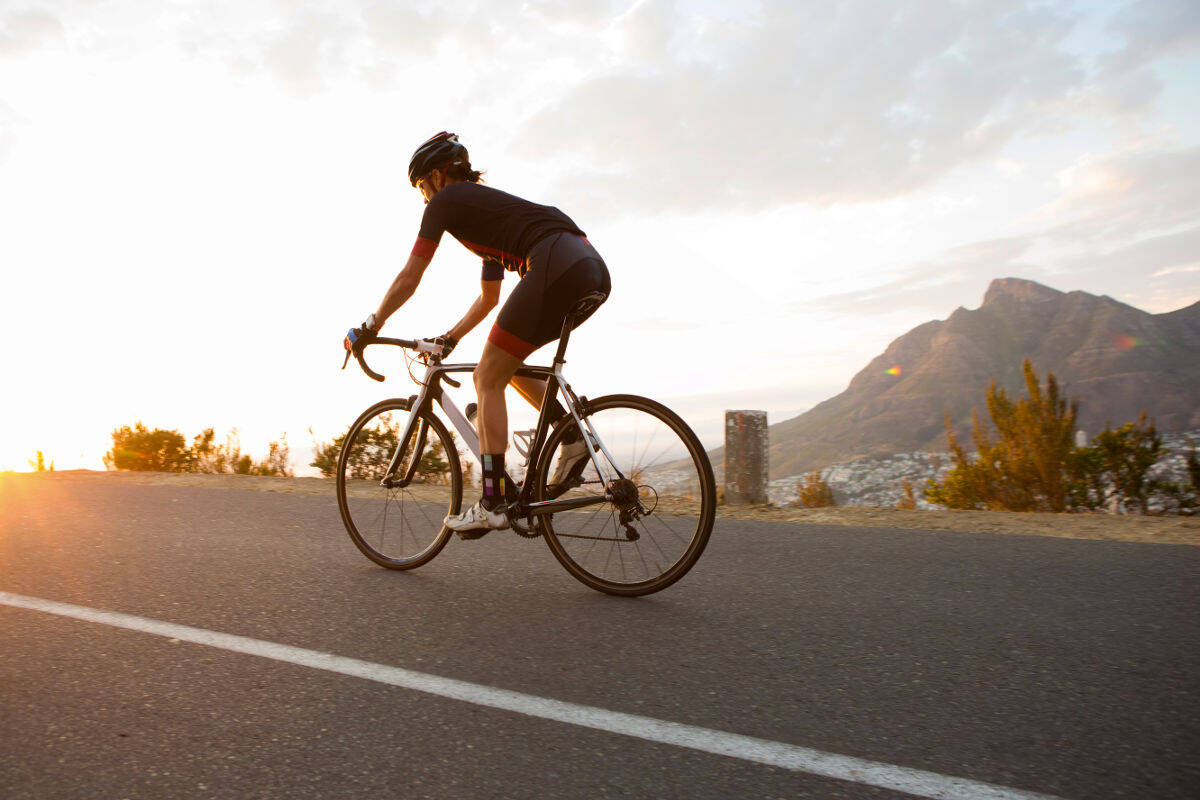
What are the benefits of riding a racing bike for your body?
Many people enjoy riding a racing bike to keep fit. The rule of thumb says, the higher the exertion, the more calories you will burn. Well-prepared and regular training sessions ensure a healthy cardiovascular system and an improvement in your endurance. During a ride, a high demand is made on your concentration and power, meaning you will forget your daily worries. Nobody will disturb you on your racing bike so you can enjoy your alone time. Working on your coordination on the bike strengthens your muscles. Compared with jogging, it is much kinder on your joints.
However, riding a racing bike is not suitable for everyone: those suffering from severe back pain should look for a different sporting activity. The bent posture may cause even more pain.
Compression Sleeves Lower Leg: power during your training, optimised recovery after
Pedalling even more powerfully on level ground and pushing your limits on inclines: our resilient calf sleeves will support you with their circulation-stimulating compression. They are also the first step to effective and fast recovery after training.
Buy them here!How to start energized and recover properly: healthy habits, cycling activities & athletic equipment
It’s no surprise that nutrition and the proper amount of rest play a crucial role in proper optimal regeneration. Here’s a list of things that you can do to recover from a long ride to ensure you maximize your results as well as prepare for the next day:
- Get some good sleep. Seven or eight hours of sleep on a regular basis helps your body to undergo protein synthesis and get rid of hormones that break down muscles. Studies also show that sleep lowers stress-hormone levels and powers up your muscles for the next day's challenges.
- Give yourself an extra dose of protein. You can help your body’s muscles recover overnight by eating a protein-rich snack before going to bed. And after getting up in the morning, a breakfast high in protein provides you with the right ingredients for a long day of activities.
- Don’t wait, just drink. You already know the importance of drinking enough water throughout the day; that is even truer when it comes to long bicycle rides. The most important thing to keep in mind is to not wait until you get thirsty - by then it may be too late to fully recover. Your body needs enough fluid in order to get rid of waste products, and exercising while being dehydrated can cause greater damage to muscles.
- Stay strong, cool down. You might have seen it after some Tour stages; the riders do not come to a full stop to rest, even after hours in the saddle. Instead, they pedal on for some time on the rollers. This is important because blood vessels expand during physical strain and by stopping abruptly, the blood may pool in the lower body region – making you lightheaded and unable to maintain fresh, oxygen-rich blood.
- Rock and Roll. Use a massage stick or mini foam roller after a long training to help push out the fluid carrying the waste products of muscle breakdown. It also breaks up muscle adhesions (knots) that can form from overuse so that your muscles work more smoothly.
- Wear compression gear. The right cycling equipment definitely includes compression socks and sleeves, such as the Bauerfeind Sports Compression Sleeves Upper Leg and Compression Sleeves Lower Leg. You can learn more about recovering muscles and protecting joints with cycling equipment by Bauerfeind Sports further down in this article.
- Keep the balance. Body and mind should be one. A calm mind helps your body regenerate and your training schedule should definitely fit your lifestyle. Physically hard work after a long athletic workout can be counterproductive – and vice versa. But mental recovery could be simple: 20 minutes of breathing exercises, meditation, light stretching, or a little walk in the evening are enough to put your mind at ease and maintain that important balance.

